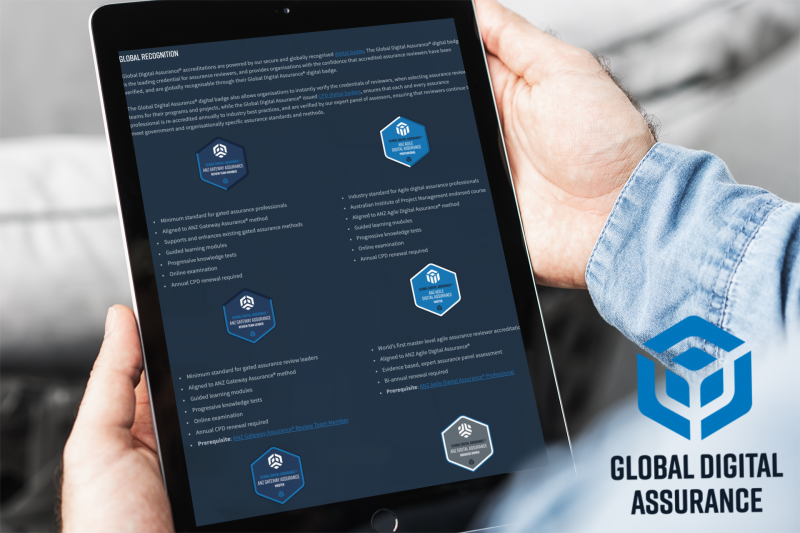What’s the future of online learning?
05.11.20
Online education has boomed in 2020.
Not only did schools, tertiary and professional education move to remote learning in March – but millions of individuals and businesses used online courses to upskill, reskill and frankly, off-ramp employees.
You may be one of the million people who spent lockdown with Yale Professor of Psychology Laurie Santos understanding The Science Of Wellbeing. The course was a surprise lockdown hit, as almost 3 million people had signed up by September, though it is not clear how many completed it.
Completion rates, particularly for free online courses, can still be as low as 5% to 10%.
As the world’s universities redesign for online and Silicon Valley moves aggressively into the education space, Google has announced three of its own six-month courses, which it will treat as equivalent to a university degree. Google’s former chairman, Eric Schmidt, also wants to build a government-funded digital academy to train coders. Here is what to know when choosing courses for yourself or your business.
1. All online education is not created equally
 Definitions of online education have been muddied by the mass move to remote learning during the pandemic.
Definitions of online education have been muddied by the mass move to remote learning during the pandemic.
Is online is just a delivery platform?
Educational content can take many approaches – lecture-based or discussion-based for example; delivered as synchronous learning that happens in real time or asynchronous learning that is self-paced. At one end of the spectrum you have recordings or live streaming of lectures that were previously delivered in person, which need a pretty compelling talent or concept to work, and at the other end are asynchronous courses built by academics, content creators, industry experts and specialist instructional designers. The asynchronous courses, which may include live sessions with lecturers and discussions, are content-rich, with the learner self-pacing through content, activities, peer interaction and assessments, with synchronous lectures and discussions.
2. What will the course get you?
Your LinkedIn feed has probably been filled with people humble-bragging about their badges and educational certificates gained during lockdown. You need to understand how any course is accredited and what you get at the end. Many courses can now be taken as micro-credentials that can be “stacked” into an aggregated award or degree at a range of universities and institutions.
 3. Be realistic
3. Be realistic
Whether you are choosing philosophy or data analytics, be realistic about outcomes and why you are doing the course. A free philosophy course from Oxford may be good quality, but the learning is probably equivalent to reading a good book on the subject. A skills-based course such as coding and statistics for data analytics will require a lot more work and have a different outcome.
4. Make the time
Our digital life has taught us how to game online surveys and forms to complete them quickly, but resist the temptation to do this with your course.
- Diarise time to work on the content, the assignments and join the online live sessions.
- Get a sense of the course schedule and deadlines to ensure you’re able to complete it.
5. Do your homework before signing up
Find out how big your class is, the teacher/student ratio, the background of your cohort and how many students complete the course. Completion rates can help you gauge how strong a course is and ratios tell you how much time the teacher can allocate towards each student. They also give you an idea of how responsive the institution is to student’s questions.
 6. Try before you buy
6. Try before you buy
Content and technology are vital for learner engagement and success. Research your subject matter and how it is taught online. If this is a lecture-led course, make sure the teacher is engaging!
_____
Original article appeared in the Financial Review (www.afr.com) on the 28th of October 2020, written by Louise McElvogue – original article “Six things I learnt from trying 20 online courses“
